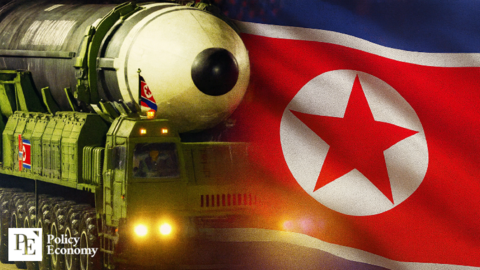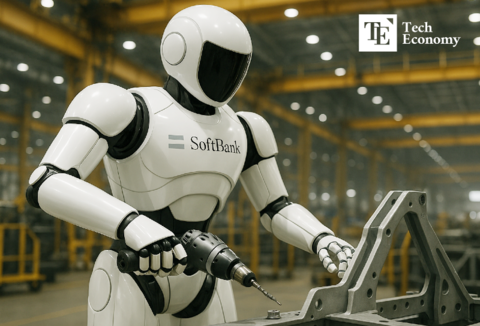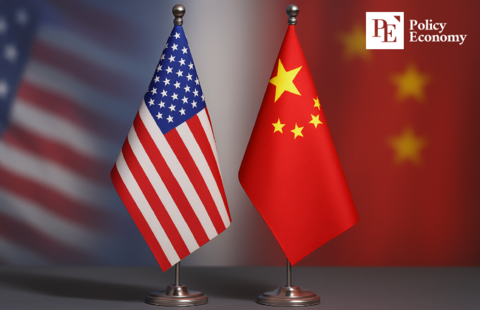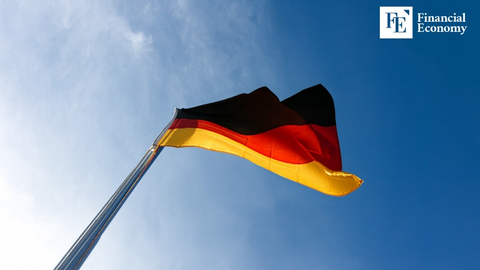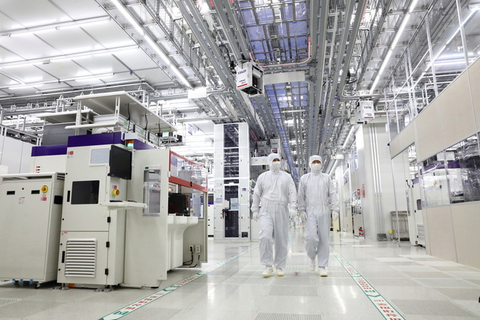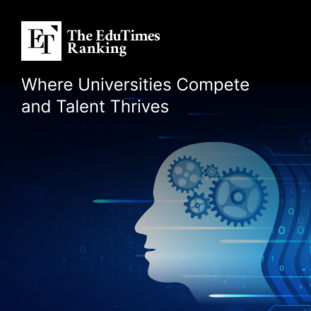TSMC Expands U.S. Investment Amid Losses at Overseas Plants, Navigates U.S.-China Tech Rivalry
Input
Modified
TSMC Reports Losses at Its Arizona, Kumamoto, and Dresden Plants Nanjing Facility in China Posts Record Profits for Third Straight Year Despite Trump’s Tariff Pressure, TSMC Expands U.S. Investment to $100 Billion
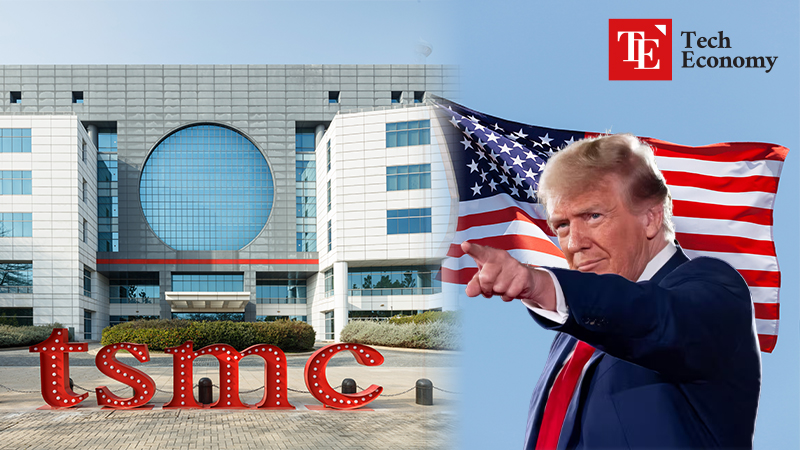
Taiwan’s TSMC, which announced a USD 100 billion investment plan at the White House this past March and is set to invest a total of USD 165 billion in the U.S., reported a loss of over USD 460 million at its Arizona plant last year. In stark contrast, its Nanjing plant in China posted profits exceeding USD 810 million. The Nanjing facility primarily manufactures mature-node products at 28nm and above, underscoring the continued profitability of legacy chip production in China despite escalating geopolitical tensions.
TSMC’s Arizona Facility Posts Largest Loss Among Its Overseas Plants
Taiwan Semiconductor Manufacturing Company (TSMC), the world’s largest contract chipmaker, is facing growing financial strain from its overseas expansion. According to a report by Taiwan’s Economic Daily News on April 21, its Arizona plant recorded a staggering USD 460 million in losses in 2023, making it TSMC’s largest overseas loss to date.
TSMC began constructing its Arizona Fab 21 in 2020 with a USD 12 billion investment. Although the facility started 4nm chip production in Q4 2023, it's still hemorrhaging money. Analysts suggest that while 2024 marks the fab's full-scale ramp-up, the financial outlook remains uncertain—losses may persist due to high operating costs and ongoing capital expansion.
Other TSMC foreign sites have also posted negative returns, including the Kumamoto plant in Japan, operated by TSMC’s JASM subsidiary, which reported a record USD 136 million loss. The upcoming Dresden plant in Germany also remains unprofitable during its pre-operational phase.
In stark contrast, TSMC’s Nanjing facility in China—operational since 2018—continues to post record profits, with USD 804 million in earnings in 2023 alone. This plant has generated over USD 620 million annually for three consecutive years, underscoring its unmatched profitability in TSMC’s global portfolio.
Total U.S. Investment Reaches USD 165 Billion Including Existing Arizona Operations
Despite mounting losses, TSMC is doubling down on its U.S. presence. After a high-profile meeting with President Donald Trump at the White House last month, TSMC Chairman Mark Liu announced an additional USD 100 billion investment in the U.S. This includes: three fabs in Arizona, two advanced packaging plants, and an R&D center.
This is in addition to the USD 65 billion previously pledged, bringing total U.S. investment to USD 165 billion. Chairman Liu emphasized the role of the Trump administration, stating: “We initiated our U.S. investment in 2020 during President Trump’s first term. We support his vision and leadership.”
Trump reciprocated the praise, calling the deal “tremendous for America” and declaring that “some of the most powerful AI chips in the world will be made right here in the U.S. by TSMC.”
While the Biden administration had previously committed USD 6.6 billion in CHIPS Act subsidies for TSMC, Trump remains skeptical of such support. He argues that tariffs, not subsidies, are the best tool for driving foreign investment into the U.S. semiconductor industry.
During his confirmation hearing in January, Commerce Secretary Howard Lutnick, a Trump appointee, echoed this sentiment: “TSMC came here to avoid tariffs, not because of subsidies. That’s the power of Trump’s policy.”
Lutnick also indicated that CHIPS Act subsidies may be reviewed, casting doubt over future payments to TSMC, Samsung, and SK Hynix.
Trump Targets TSMC Just Four Days After Its Additional Investment Announcement
Remarkably, just four days after lauding TSMC’s expanded investment, Trump criticized the company, stating: “We could have easily protected our semiconductor industry, but now it’s almost entirely in Taiwan, with just a little in South Korea.”
The comments are seen as a tactic to pressure both Taiwan and South Korea into deeper commitments to U.S. manufacturing.
Despite Trump’s shifting tone, TSMC continues to tread carefully, balancing U.S. geopolitical alignment with the profitability of its Chinese operations. With over 60% of global AI chip demand coming from U.S.-based tech firms, TSMC has little choice but to follow Washington’s lead—even at the cost of short-term profitability.
As the U.S. tightened restrictions on AI chip exports to China in late 2024, TSMC preemptively halted shipments to Huawei. Yet, the company admits that fully preventing its chips from reaching blacklisted Chinese firms is practically impossible—an implicit acknowledgment of the limits of U.S. export controls.
TSMC’s strategy now involves spreading its production risks while managing political fallout: aligning with U.S. national security demands, particularly on AI and advanced chips; maintaining profitable Chinese operations in legacy nodes (e.g., 28nm) that remain unaffected by bans; and navigating subsidy uncertainty and tariff threats while ramping up costly U.S. facilities.
TSMC’s Arizona fab may be bleeding billions, but its expanded $165 billion commitment signals a long-term bet on the U.S. market—and on staying in Washington’s good graces amid the tech cold war.
Whether the company can balance political demands with financial sustainability remains to be seen. But for now, TSMC is paying the price of global leadership in the semiconductor supply chain.


